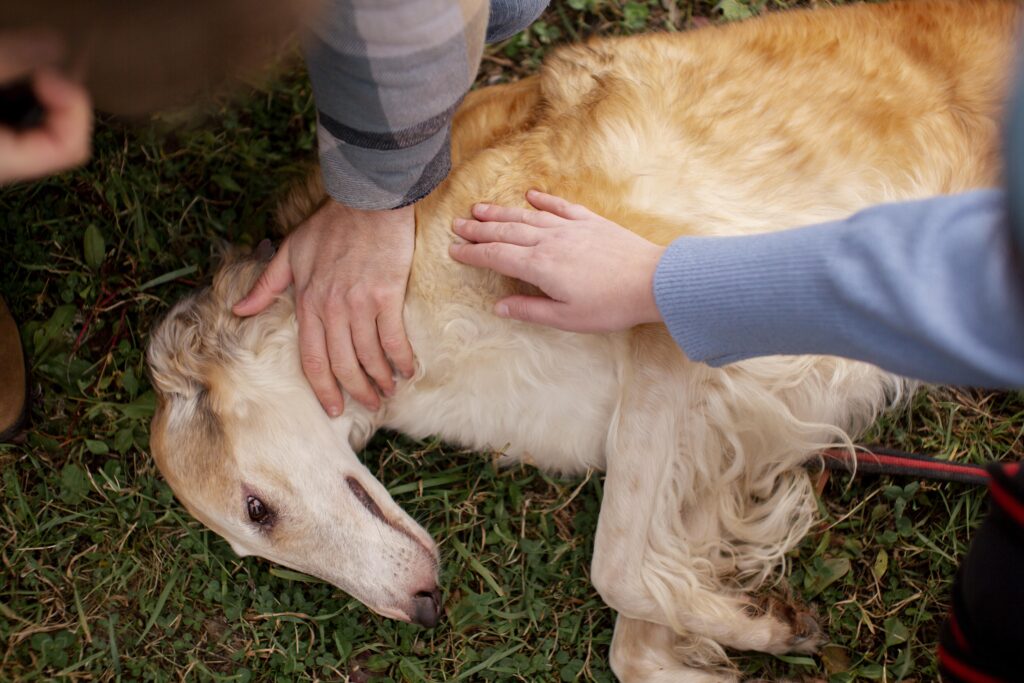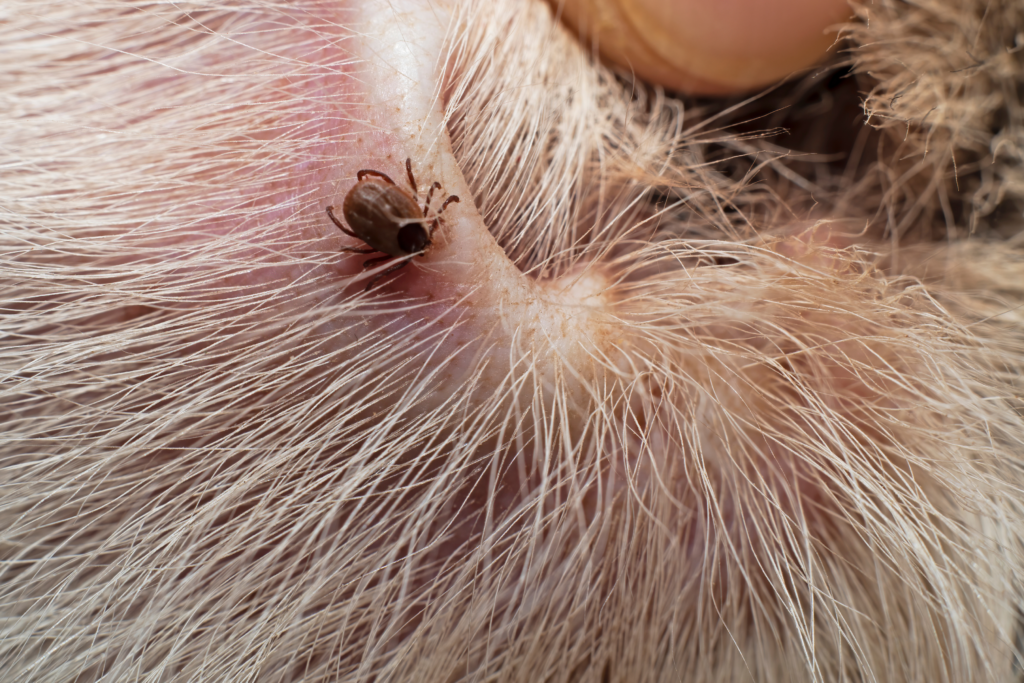If you are looking for summer issues in dogs and their safety points, then you are in the right spot. Summer should be a time of nice weather, outdoor activities, and dogs having much fun; unfortunately, it also harbors several summer issues for our canine friends. Here’s how to recognize and prevent common canine health issues.
Summer Health Issues Dogs

Skin Diseases in Summer
During the hottest months, dogs are likewise prone to getting infested with fleas or even attacked by ants. Both can ride onto your dog and inflict itching. Dogs with shaved hair are even more vulnerable since their skin is more exposed and thus easily gets infected or allergic.
Heatstroke in summer
Heatstroke is a severe form of hyperthermia characterized by an organism’s inability to accommodate heat in ambient and body temperature through perspiration heat. Symptoms include heavy panting, restlessness, drooling, vomiting sometimes, and a rapid heartbeat. Without prompt treatment, it can eventually lead to shock, coma, or even death.
Prevention Tips:
Never, ever leave your dog in a hot car.
Make sure your dog can always reach some fresh, cool water.
Walk your dog when it is cool, such as in the early morning or late evening hours.
Avoid heavy activities during intense heat.
First Aid to do if your dog gets heatstroke
Take your dog to a cool, shaded area.
Offer small sips of water.
Apply lukewarm water, not cold or ice water, to their body.
Seek veterinary care immediately.
Parasites in dogs during summer
Warmer temperatures uptick the activity of fleas, ticks, and mosquitoes, which carry diseases and cause skin irritation. These parasite can cause many diseases, such as Lyme, anaplasmosis, and heartworm
Prevention Tips:
Administer veterinarian-approved flea and tick preventive treatment.
Check your dog’s coat for parasites regularly.
Make the yard neat and free of long grass and trash areas.

Hot Spots in summer time
The hot spots are areas of moist skin irritation, which often get secondarily infected. This usually results from excessive chewing or scratching.
Prevention Tips:
Clean your dog’s coat and free it from mats.
Cut their nails regularly.
Provide ample activities to reduce boredom and excessive licking.
Ear infections in dogs during summer
Dogs, especially floppy-eared ones, are more likely to get ear infections due to bacteria, yeast, or allergies.
Prevention Tips:
Clean your dog’s ears according to your vet’s recommendation.
Keep their ears dry.
Monitor for any signs of infection, such as redness, swelling, and discharge; have the animal promptly examined by a veterinarian.

Gastrointestinal Upset
Diet changes, eating something they shouldn’t have, or stress can cause a dog to upset its stomach. It can cause diarrhea and most diarrhea resolves on its own, but some get worse with the passage of time
Prevention Tips:
Feed in a consistent healthy diet.
Avoid giving them table scraps.
Make dietary changes gradually; transition phase:.
Minimize stress and maintain a calm environment.
Paw Problems of dog in summer
Hot asphalt, sand, and cement can burn your dog’s paw pads.
Prevention Tips:
Walk your dog over grass or in the shaded area.
Avoid walking during the hot part of the day.
Consider incorporating some protective paw wax or booties.
Sunburn in dogs
Dogs are subject to sunburn, especially those with light-skinned and thin coats. It may cause redness, swelling, and discomfort.
Tips To Prevent:
Limit sun exposure during peak hours.
Slather on pet-safe sunscreen in vulnerable areas like the nose, ears, and belly.
Ensuring your dog has shade.

Frequently Asked Questions
Q: Do dogs get sunburned?
A: Dogs can and do get nasty sunburns—especially around furred-down areas. Use pet-certified sunscreen before going outside.
How do I keep my dog from getting heatstroke?
A. Give pets ample fresh water and shade, avoid exercising in the heat of the day, and never leave pets in the car on a hot day.
What to do if my dog evidences signs of heatstroke
A. Move them to a cool environment, give water, wet their body with cool water, and go see a veterinarian as soon as possible.
Q: How do I examine my dog to assess possible parasite infestation ?
A: Check out your dog frequently for fleas and ticks. On your own, follow prevention indicated by your veterinarian.
Q: What are the symptoms of an ear infection in dogs?
A: Look for signs such as redness, swelling, discharge, and discomfort—patients often show this by head shaking or scratching their ears.
Contact your veterinarian if you observe any of these symptoms. Knowing these general summer health issues in dogs and taking precautions may help ensure your dog has a safe, healthy summer. Always consult your veterinarian if you notice any sign of illness or sudden change in its behavior.





